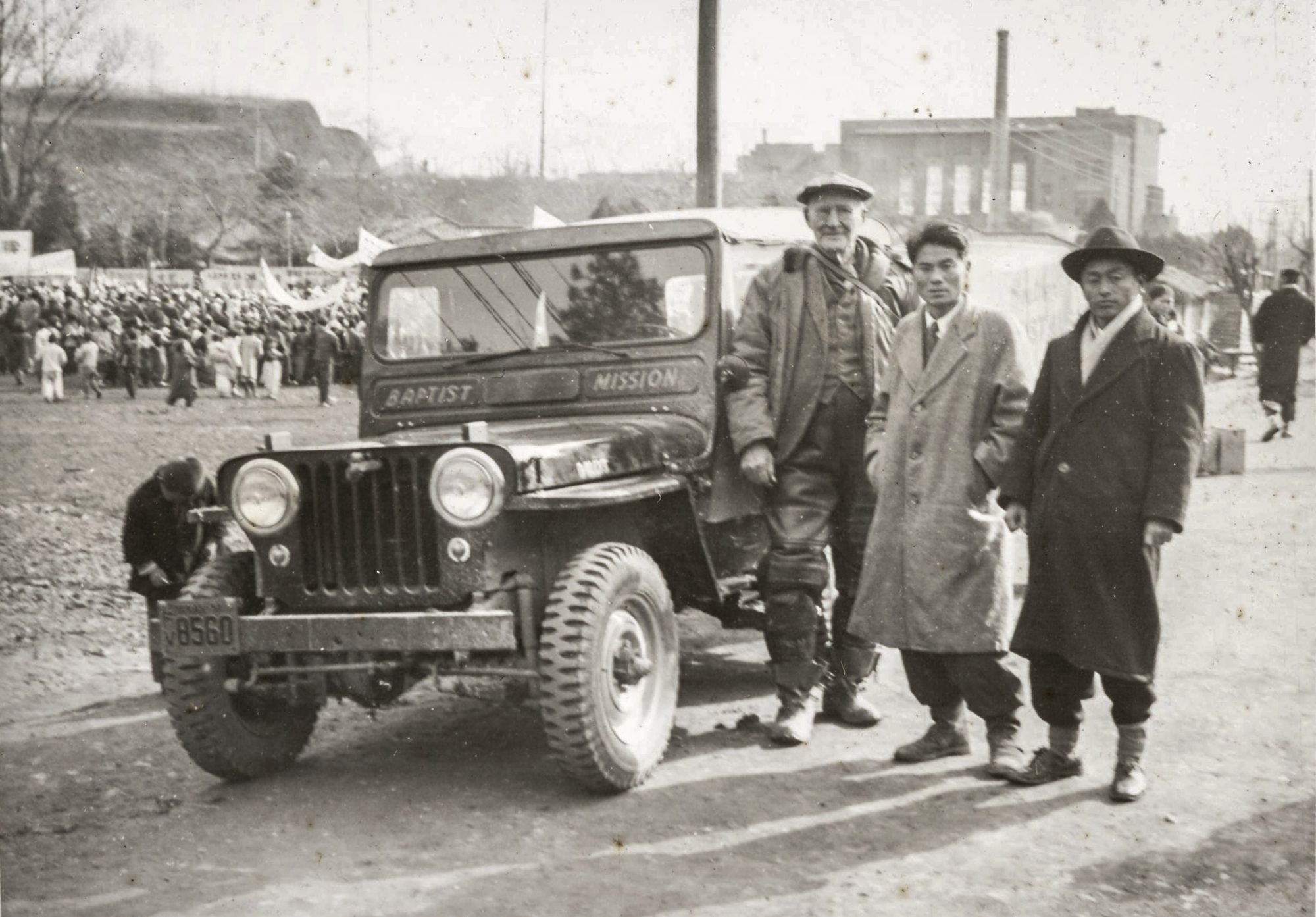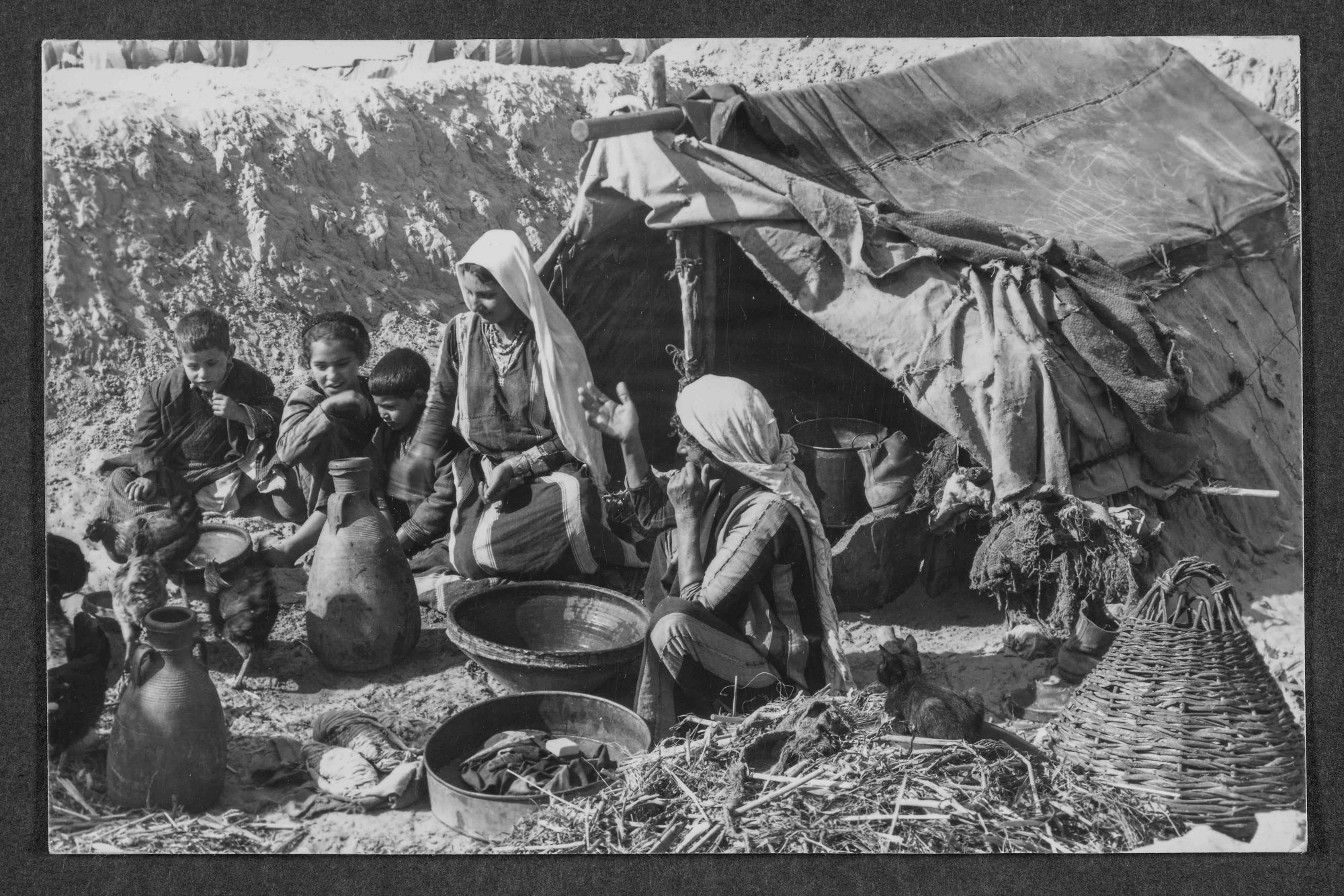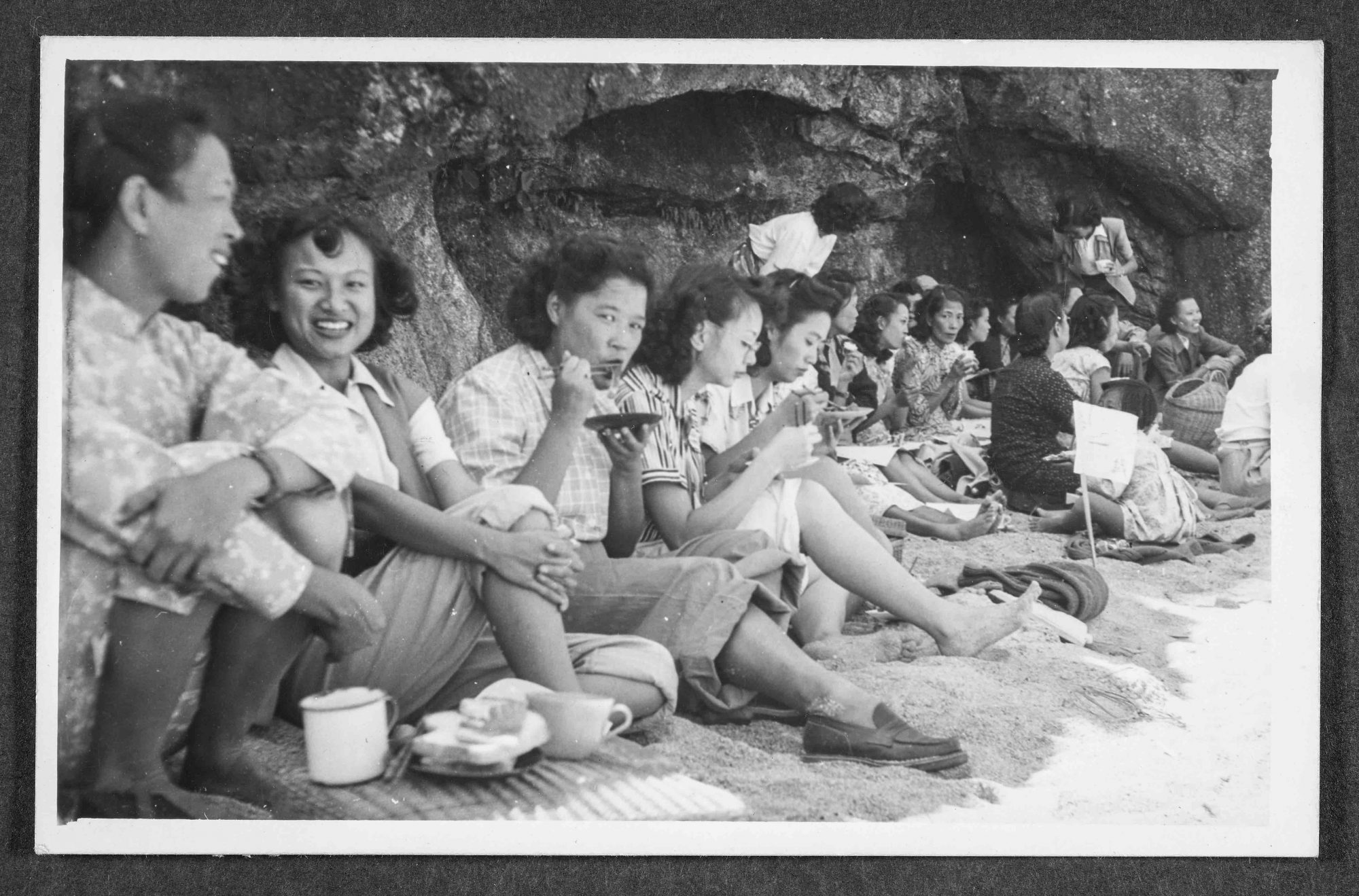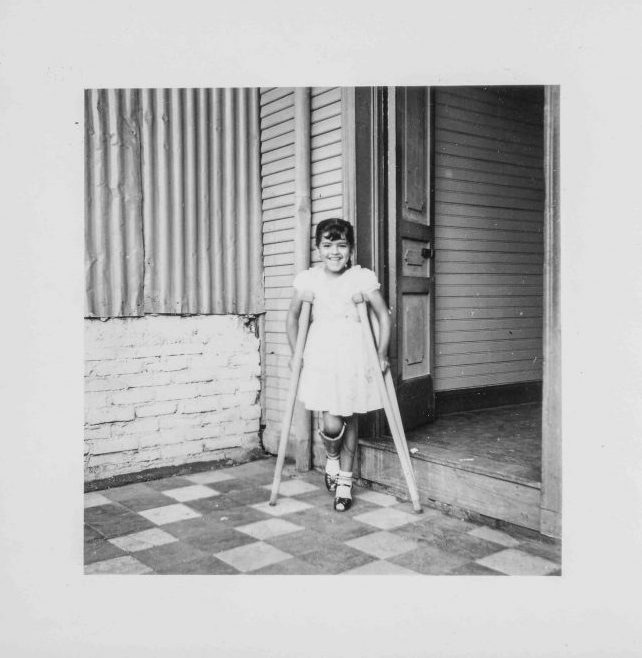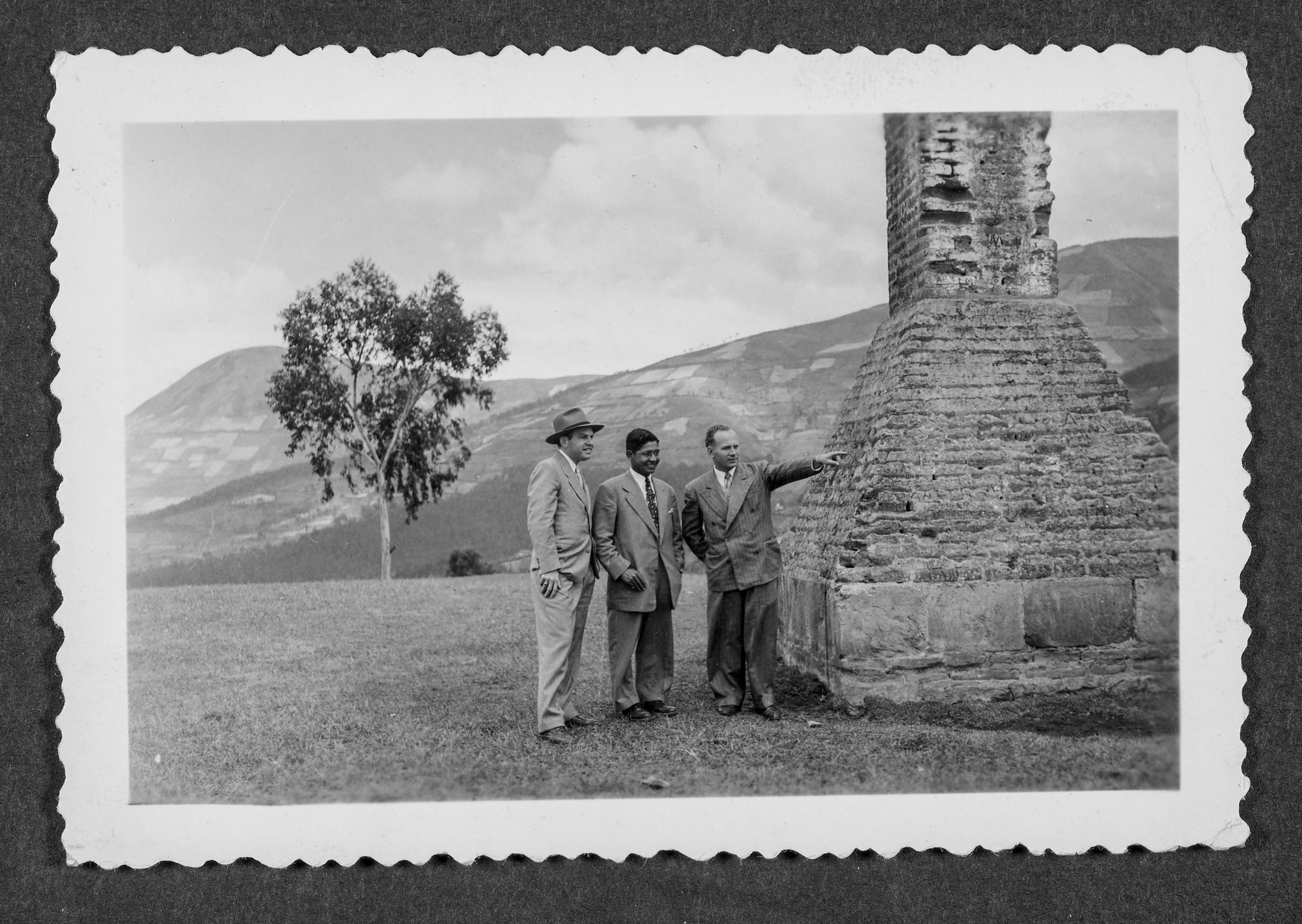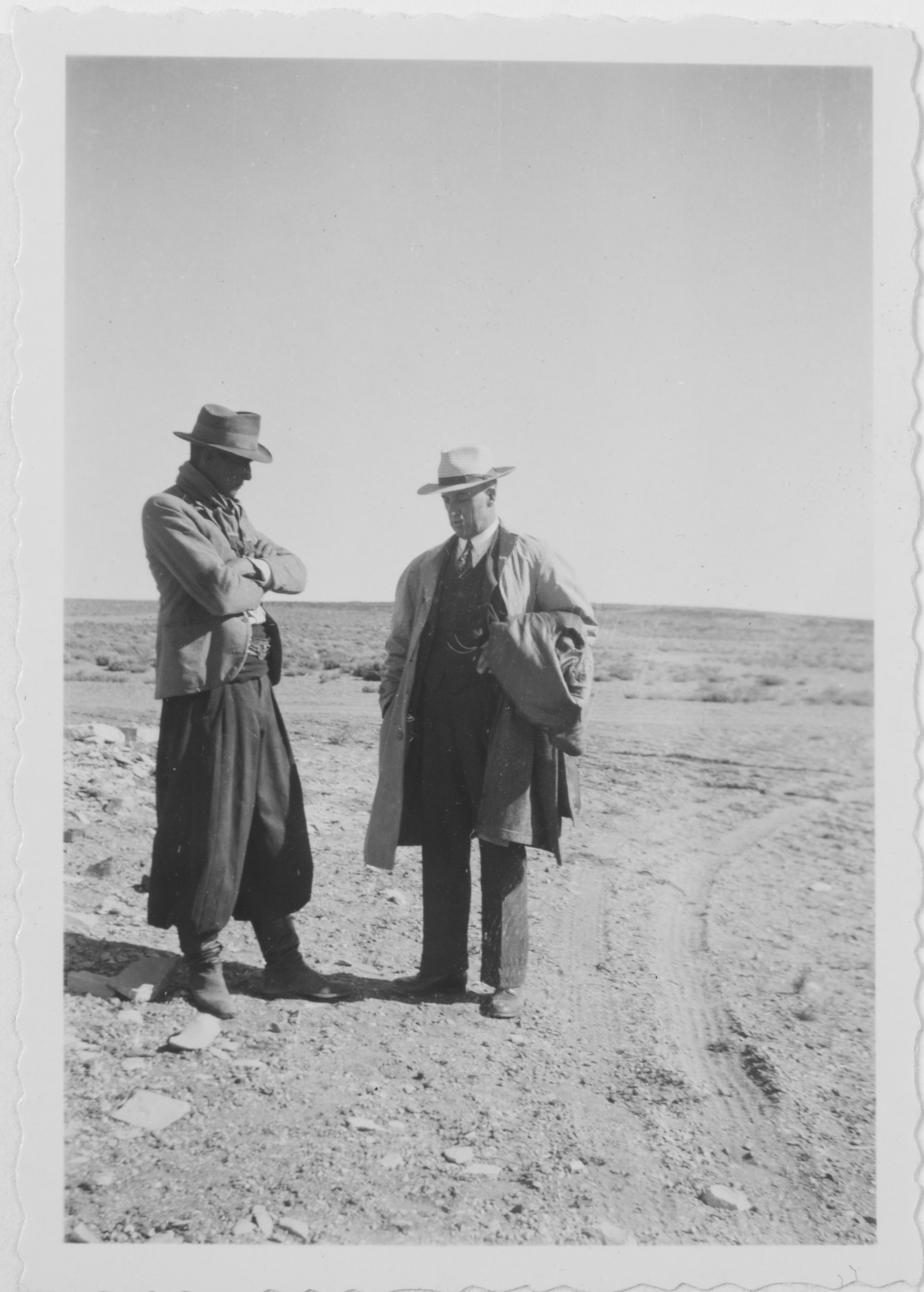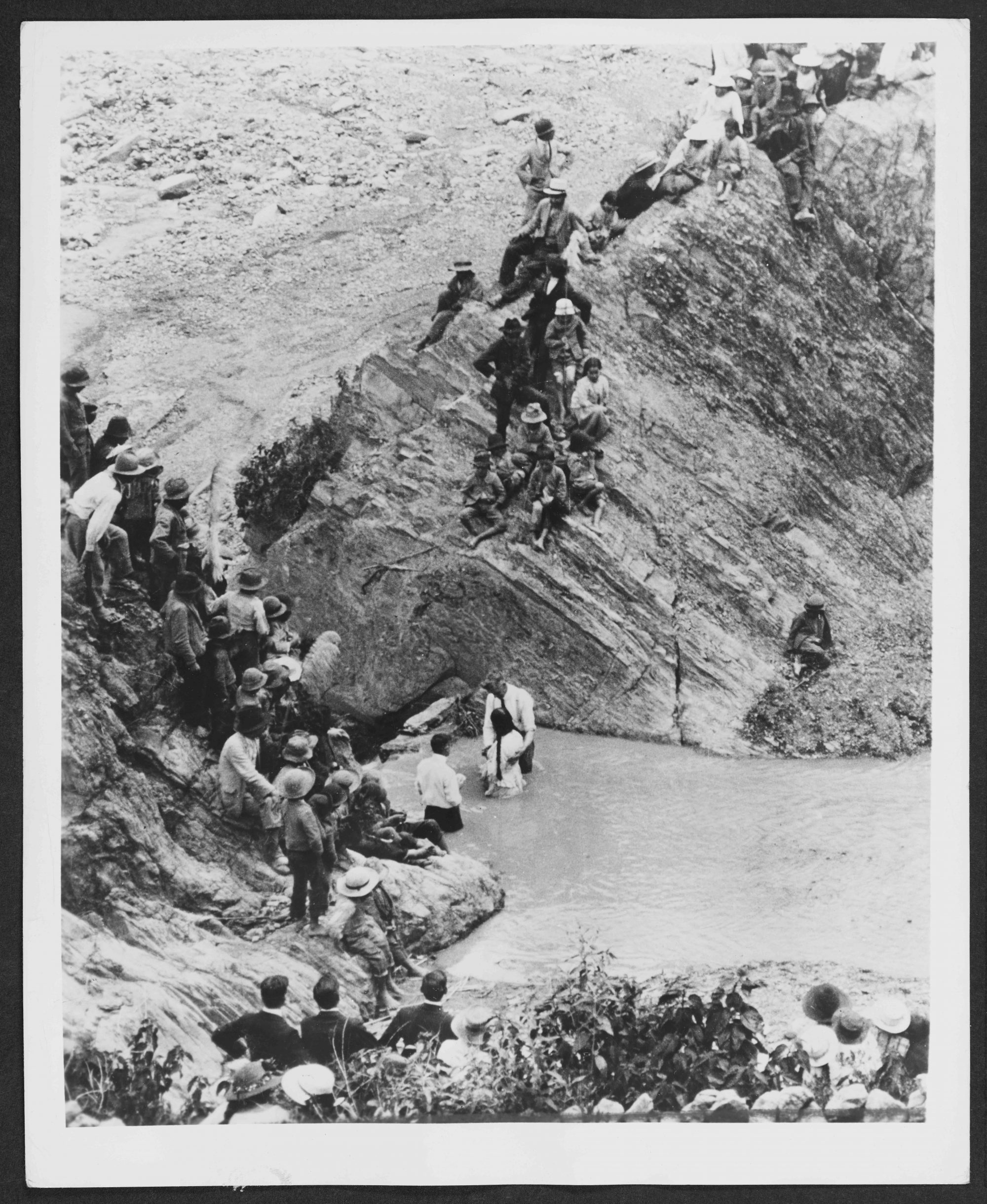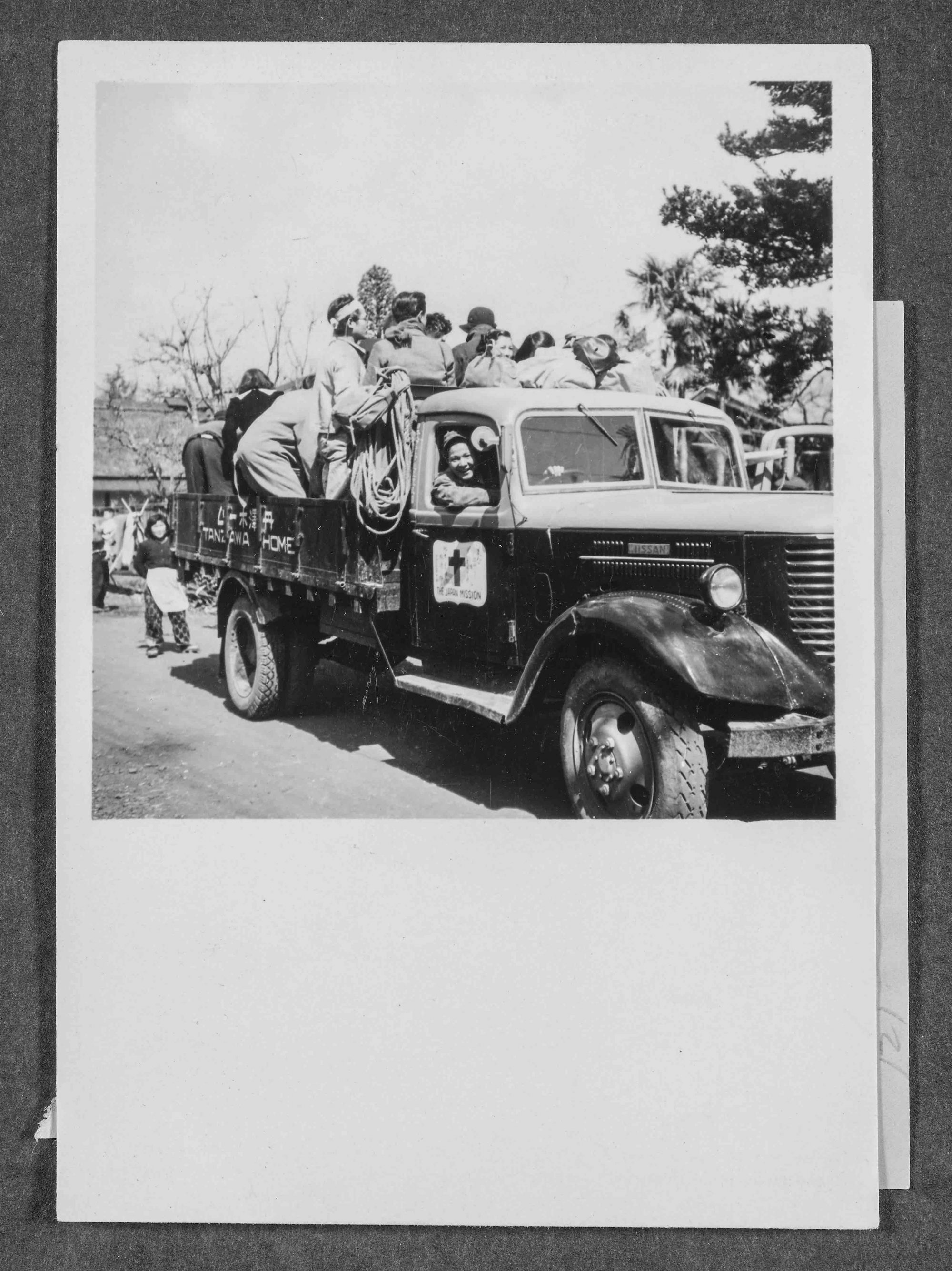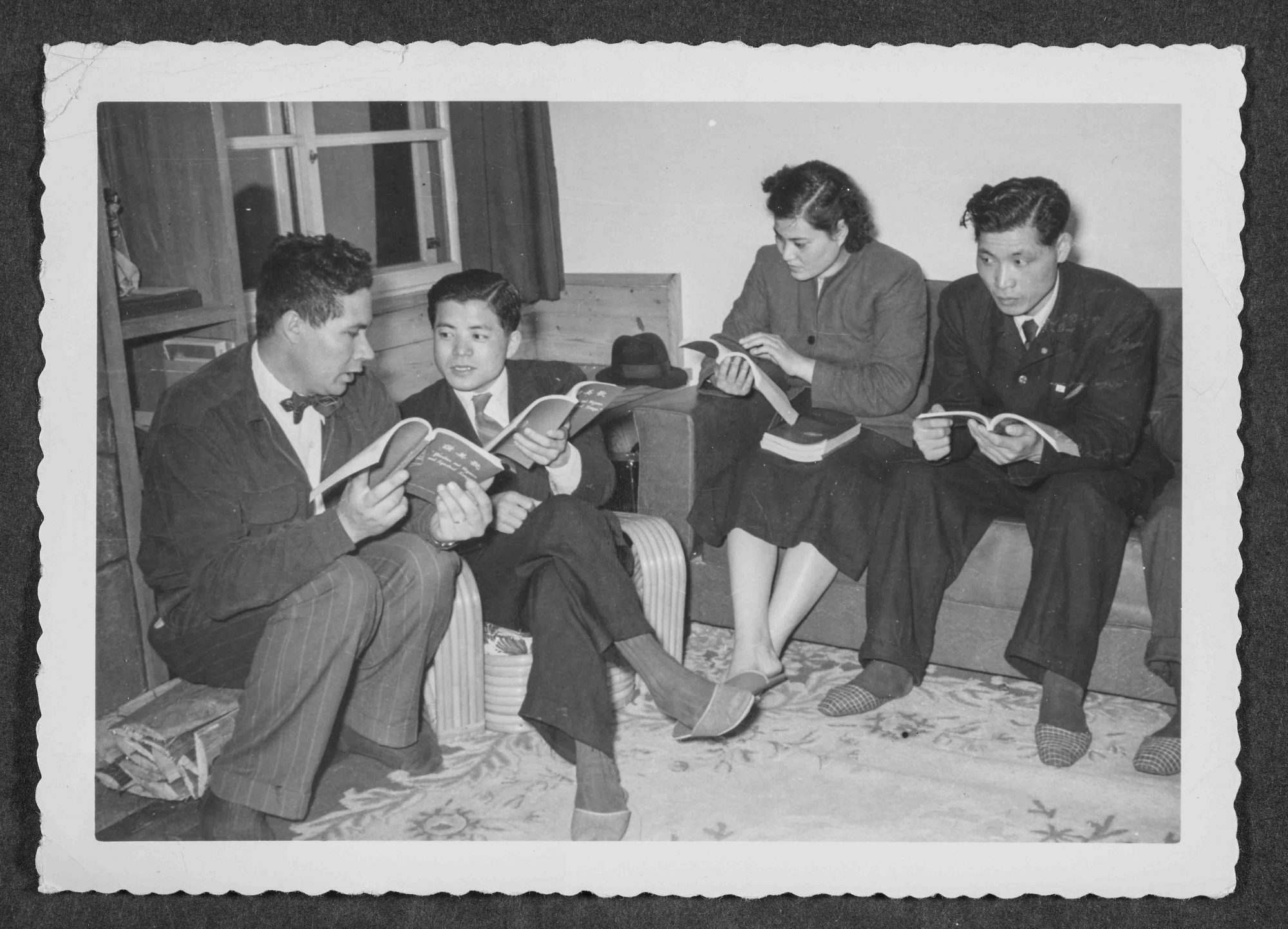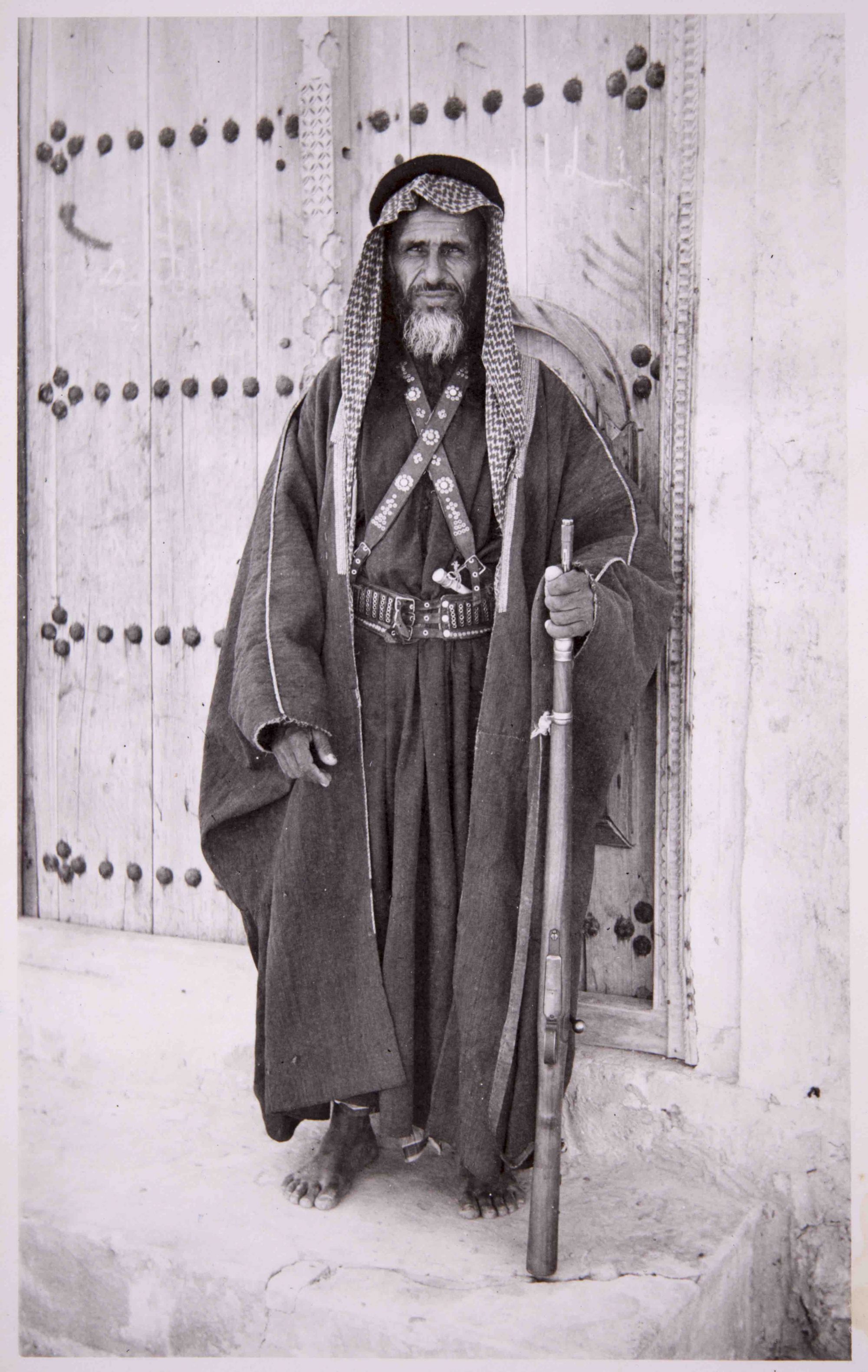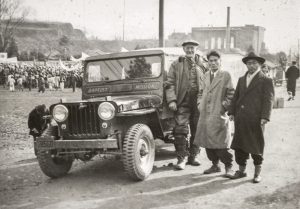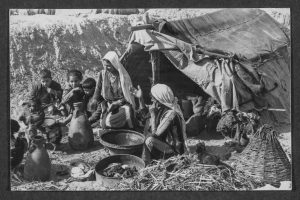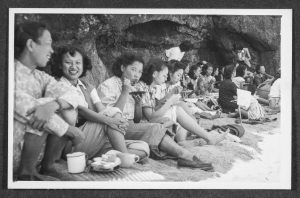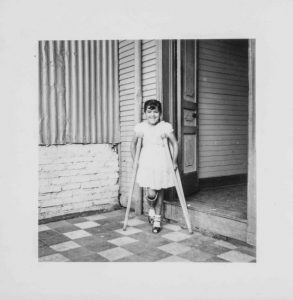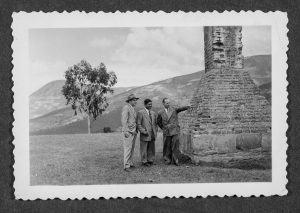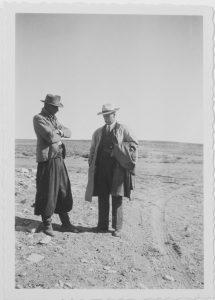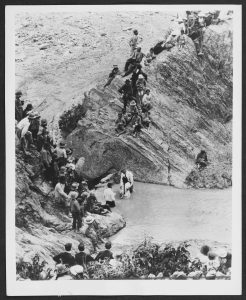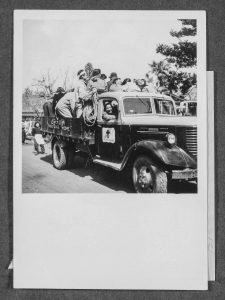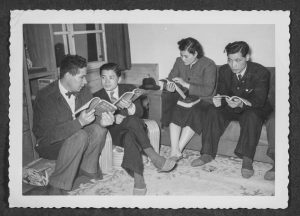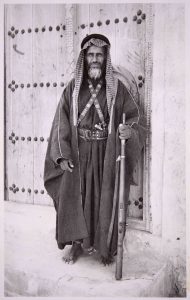1950s
Enthusiasm ran high as missions education programs informed and inspired Baptists. By 1955, over 1,000 missionaries were serving overseas. Work in China closed, leading to an expansion into several new countries.
During the 1950s Southern Baptists experienced a massive growth spurt. Congregations were growing, resources were flowing, and Southern Baptist churches were missions-saturated environments. Missions education programs, including Sunbeams, GAs, RAs, WMU and Brotherhood, ensured most Southern Baptists were aware of, and concerned about, global missions. Support for the Foreign Mission Board’s Program of Advance was strong, and many new missionaries were sent out to new lands. By 1955, over 1,000 FMB missionaries were on the field.
In 1951 the FMB faced a blow when the last missionary in China was forced to leave due to the Communist government’s opposition to missionary presence. But, much like the persecution in the book of Acts helped spread the gospel to new areas, the hostility in China led to an expansion of ministry into many new parts of Asia. God graciously used these circumstances to open up countries like Taiwan, the Philippines and Indonesia. On Christmas Day 1951, three missionaries who previously served in China moved to Indonesia, which soon became one of Southern Baptists’ biggest mission fields.
In Africa, where missionaries were working only in Nigeria, Ghana and Southern Rhodesia (modern day Zimbabwe), a field leader called for additional workers to help minister to a massive continent where large populations of Muslims and Roman Catholics were resistant to the gospel. In 1956, missionaries moved out of Nigeria to start work in Tanzania. Soon new missionaries arrived in other parts of eastern and southern Africa, where many nations were starting to declare independence from European colonial rule.
IMB Milestones
Significant Ministry Events
Record Number of Missionaries Appointed
The Foreign Mission Board appointed 111 missionaries. This was the first time over 100 missionaries were appointed in a single year.
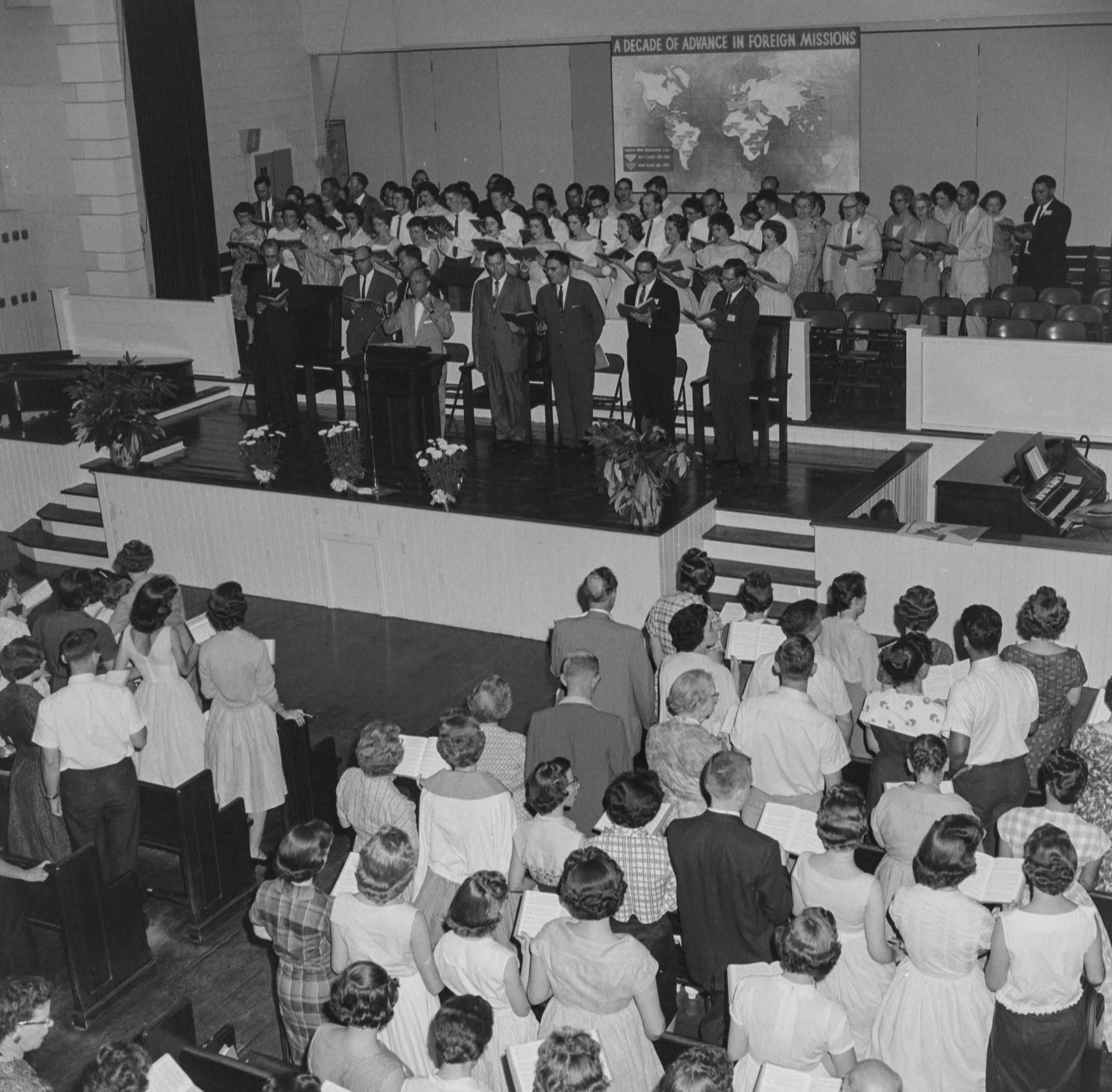
Baker James Cauthen Elected Executive Leader
Baker James Cauthen, former missionary to China and field strategy leader for the Orient, was elected executive leader of the Foreign Mission Board. He led Southern Baptists for the next quarter-century in historic mission advance around the globe, including growth from 908 missionaries in 33 countries in 1953 to 2,981 missionaries in 94 countries in 1979.
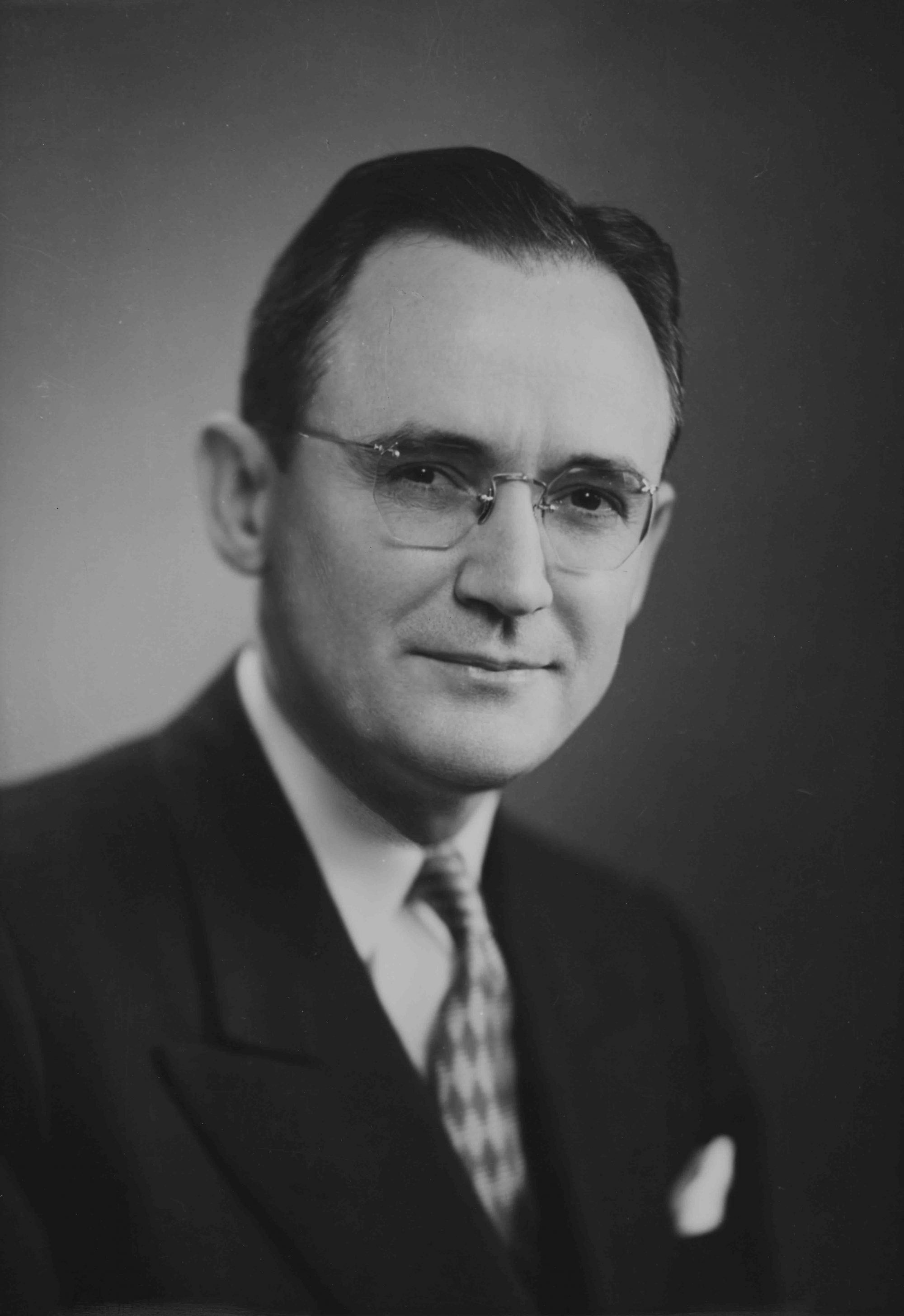
First East Asian Missionaries Appointed
The Foreign Mission Board appointed its first ethnically East Asian missionaries, Reiji and Alice Hoshizaki, of Japanese descent. They served in Japan until their retirement in 1984.
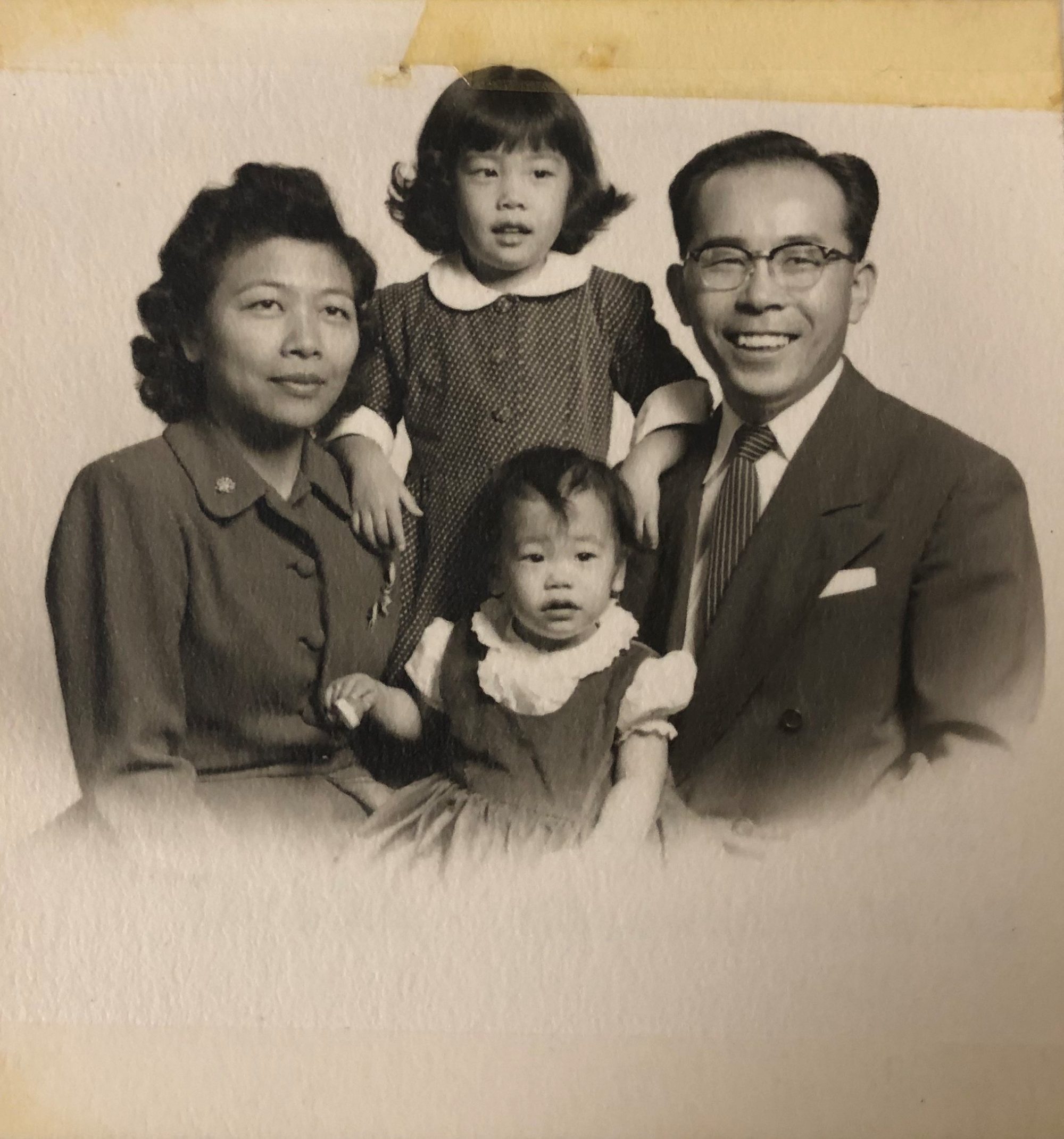
Missionary Count Exceeded 1,000
The number of Southern Baptist foreign missionaries exceeded 1,000 for the first time.

Home Office Moved to New Location
The Foreign Mission Board’s home office was relocated to its current site at 3806 Monument Avenue, Richmond, Virginia.
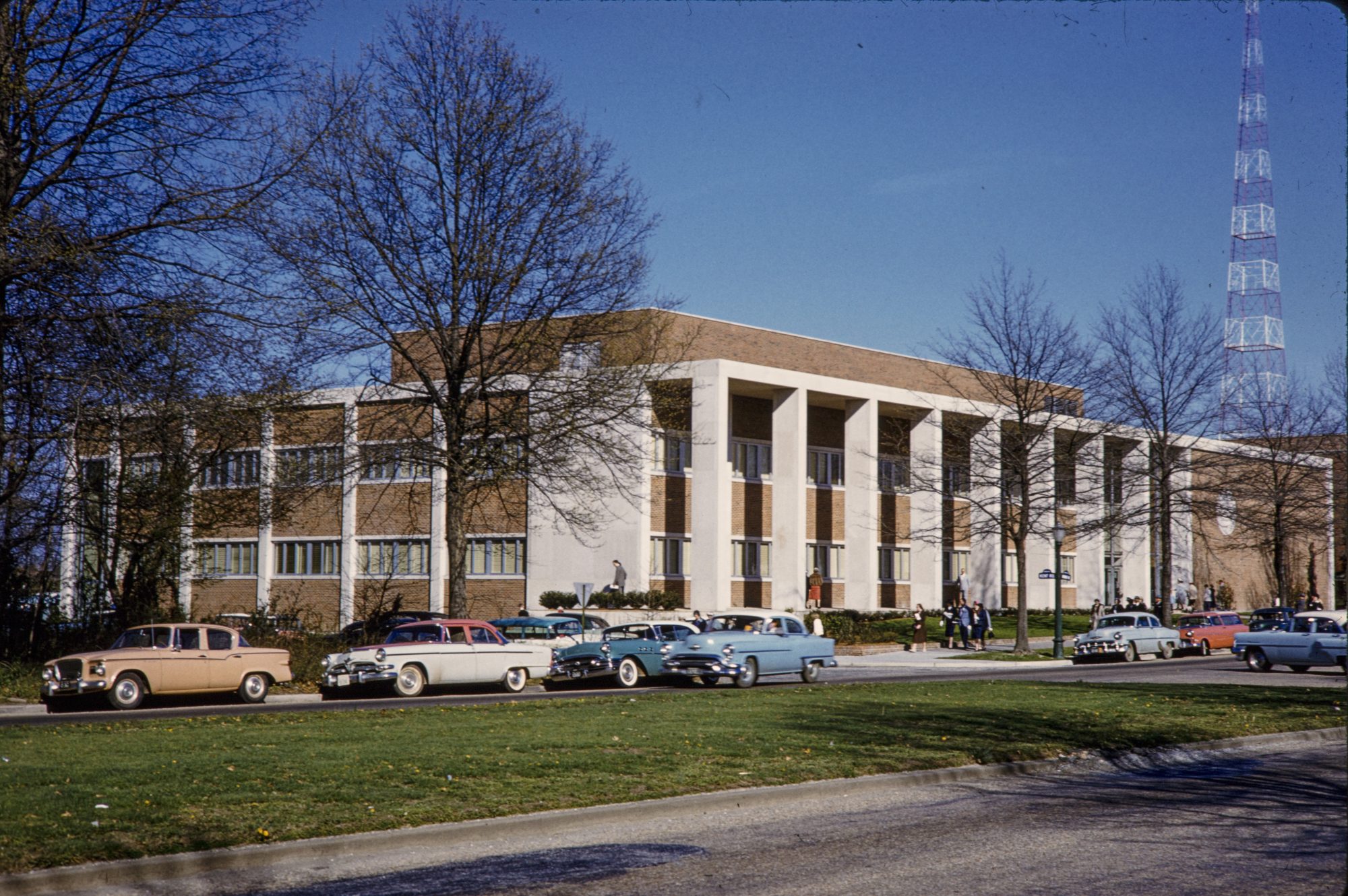
Missions in Context
Major World Events
U.S. Fought Korean War
Following World War II, Korea was set free from Japanese occupation, and the U.S. and the Soviet Union agreed to divide Korea into two countries, North and South Korea, at the 38th parallel. On June 25, 1950, Communist North Korea invaded South Korea, causing the United Nations (led by the U.S.) to side with South Korea, beginning the Korean War. In 1953, the United Nations and North Korea signed an armistice, and although South Korea never signed, fighting ended.
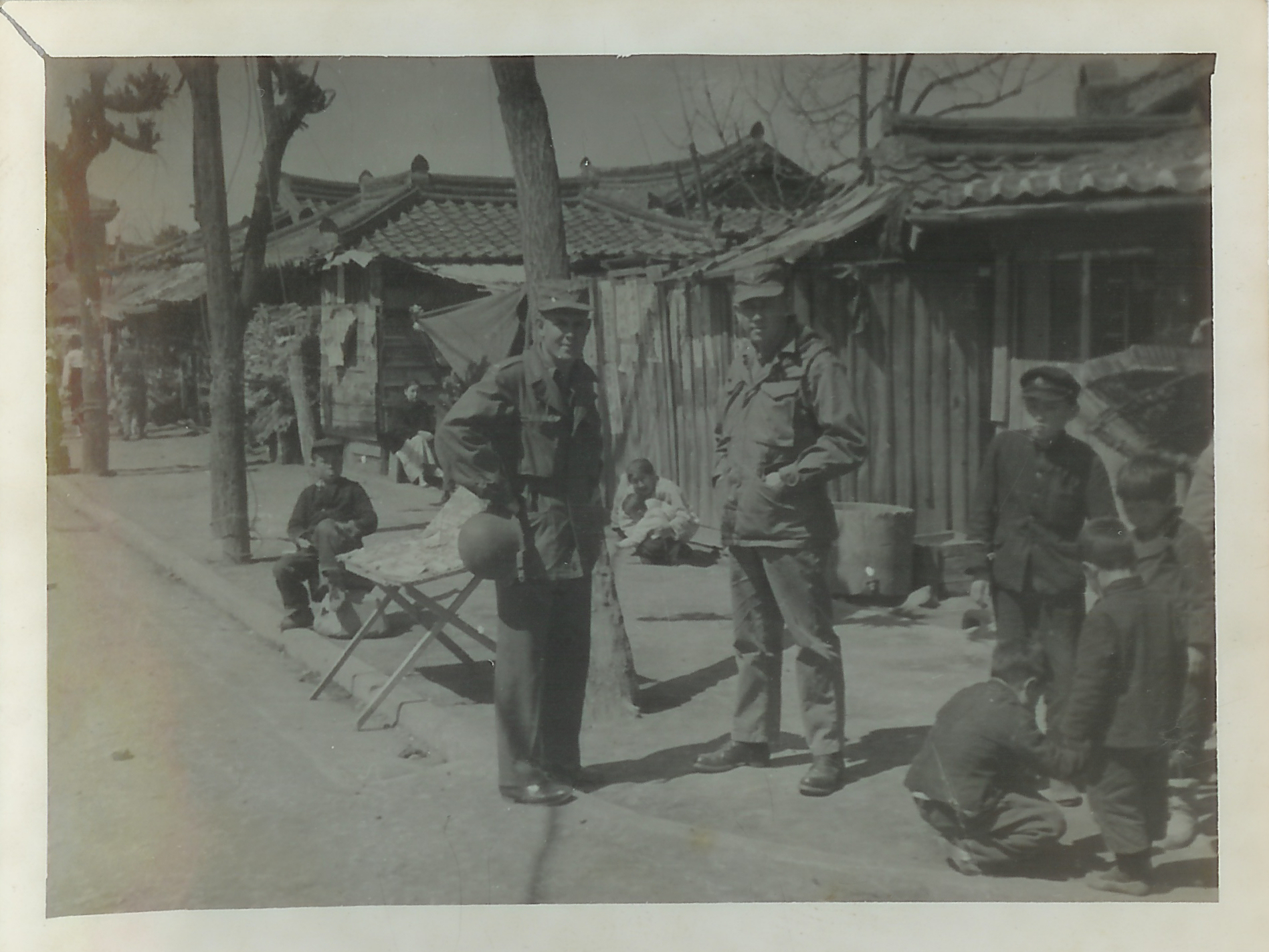
Jonas Salk Announced Polio Vaccine
In 1953, Jonas Salk announced that he had successfully tested a vaccine for polio, leading to the eradication of polio in the U.S. and many other places around the world. The International Mission Board is now one of the leading givers of vaccinations in the eastern United States. These immunizations help missionary families to stay healthy on the field.
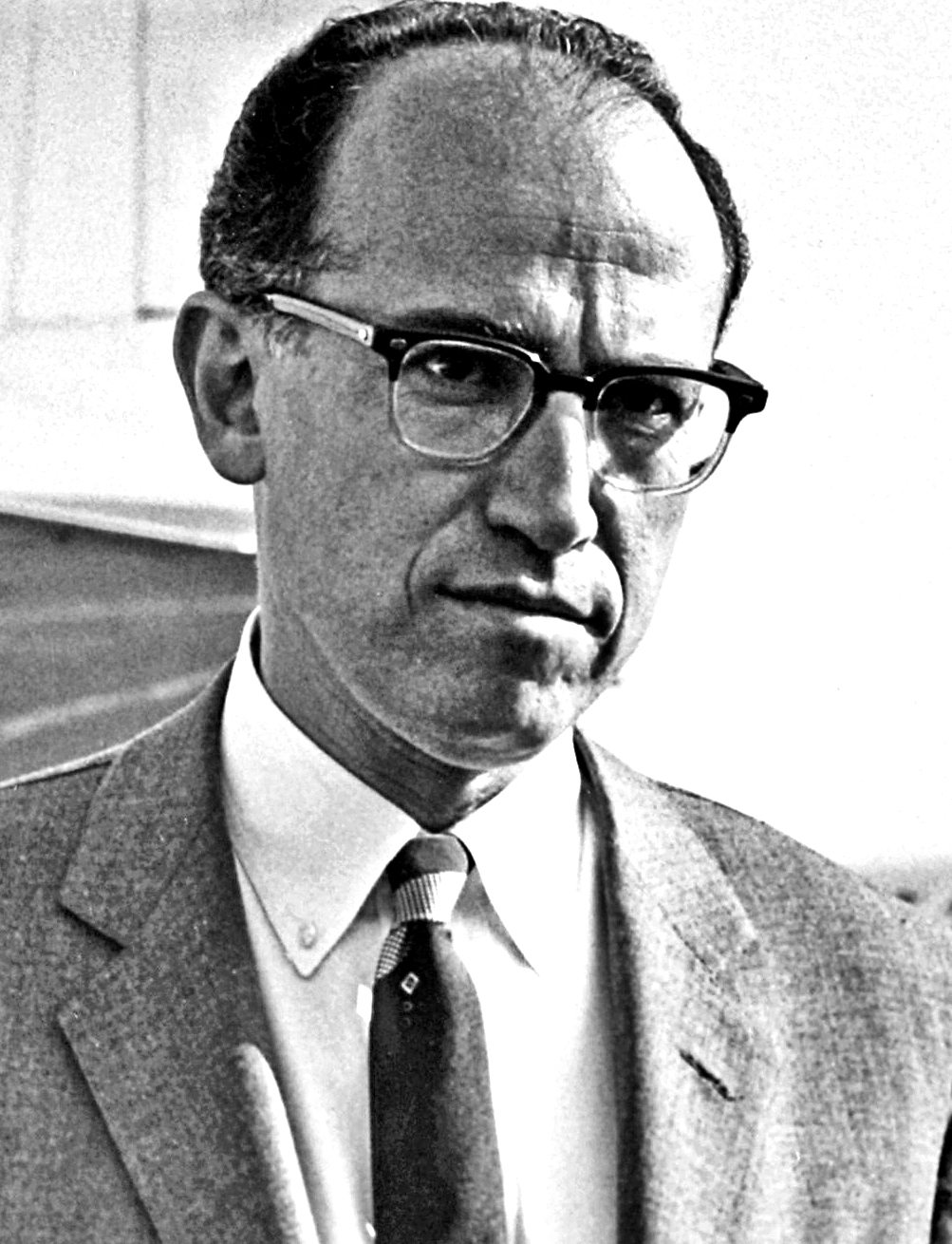
Sputnik 1 Launched
In 1955, the United States announced its intent to launch an artificial satellite, and the Space Race began between the Cold War powers — the U.S. and the Soviet Union. In October 1957, the Soviet Union launched its satellite Sputnik 1, about the size of a beach ball, which orbited Earth until it burned up in the atmosphere in January 1958.
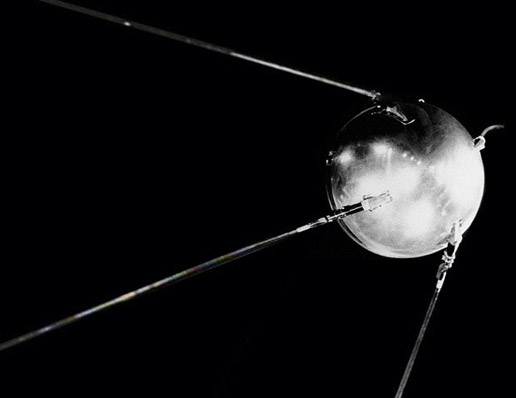
Decolonization of Africa Began
Formerly known as the Gold Coast, Ghana gained its independence from Great Britain in 1957, beginning the decolonization of Africa. Within the next 10 years, more than 30 other African countries followed suit. Southern Baptist missionaries entered the Gold Coast in 1947.
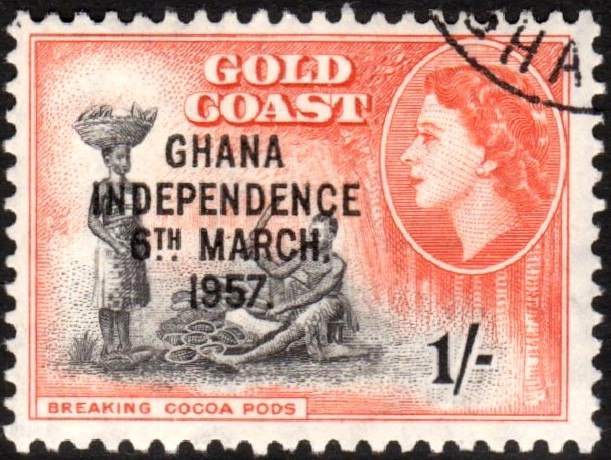
Alaska and Hawaii Became States
On January 3, 1959, Alaska became the 49th U.S. state, followed on August 21 by Hawaii. Foreign Mission Board missionaries had been serving in Hawaii since 1938. The last missionary retired from Hawaii in 1967.
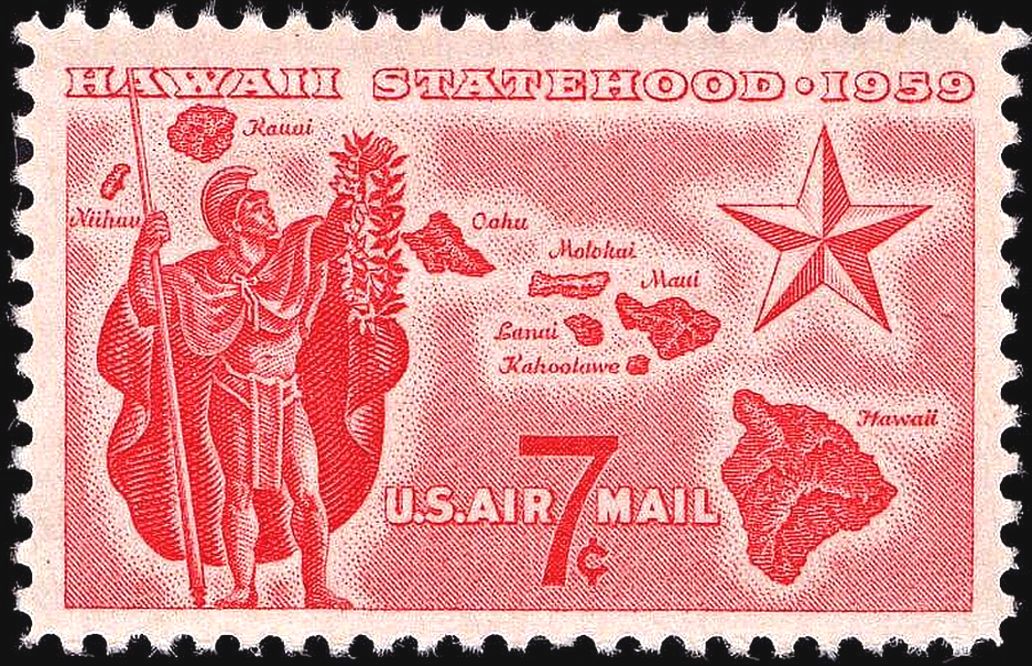
Missionary Profiles
Honoring Faithful Service
Catherine Walker
Just six weeks after arriving in China, she received a letter from the American consul advising all Americans to leave the Communist-threatened area.
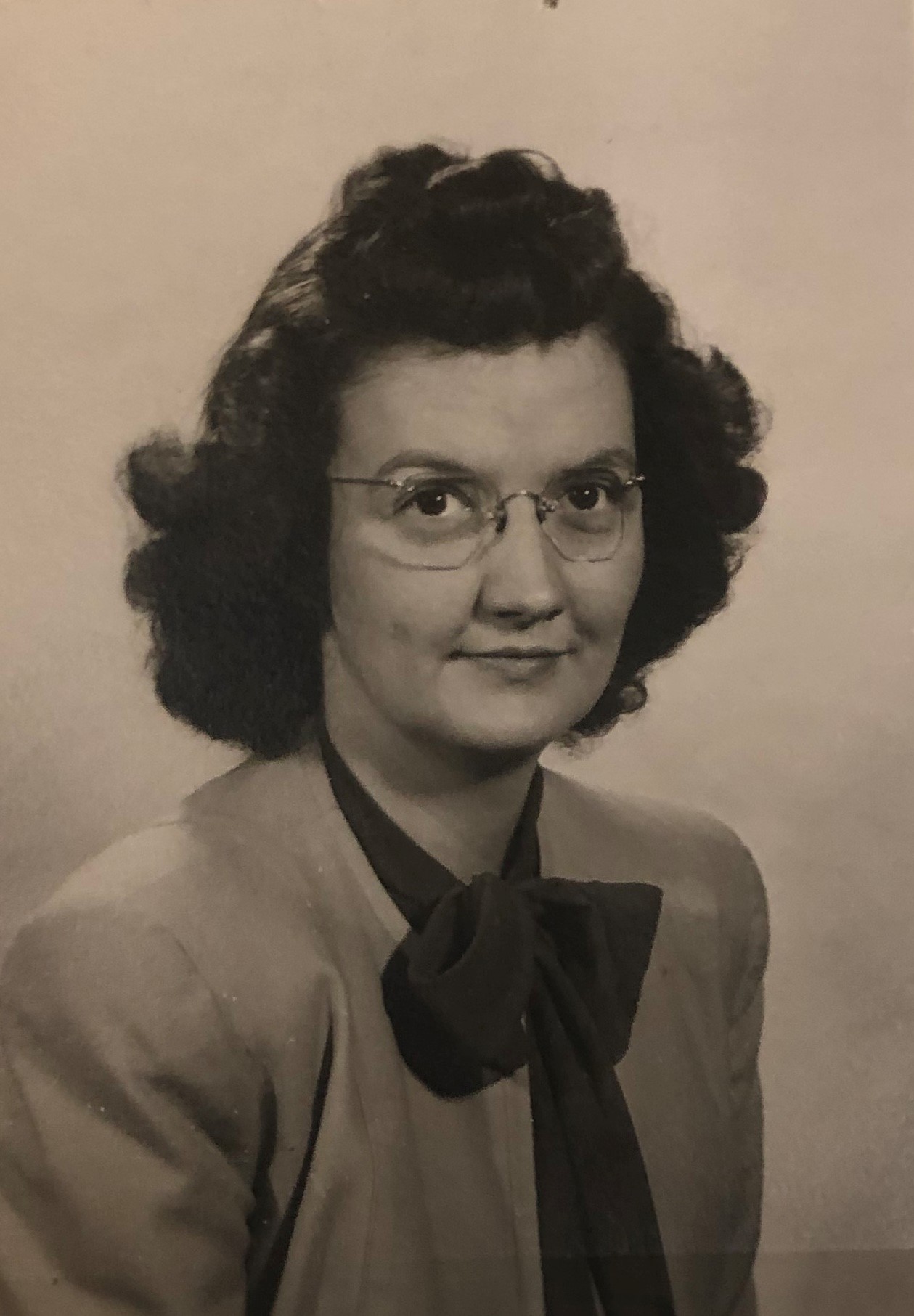
Clyde Dotson
The villagers warned him that his hammock was in a dangerous location — in the pathway of elephants. He reminded them that his God was bigger than the elephants.
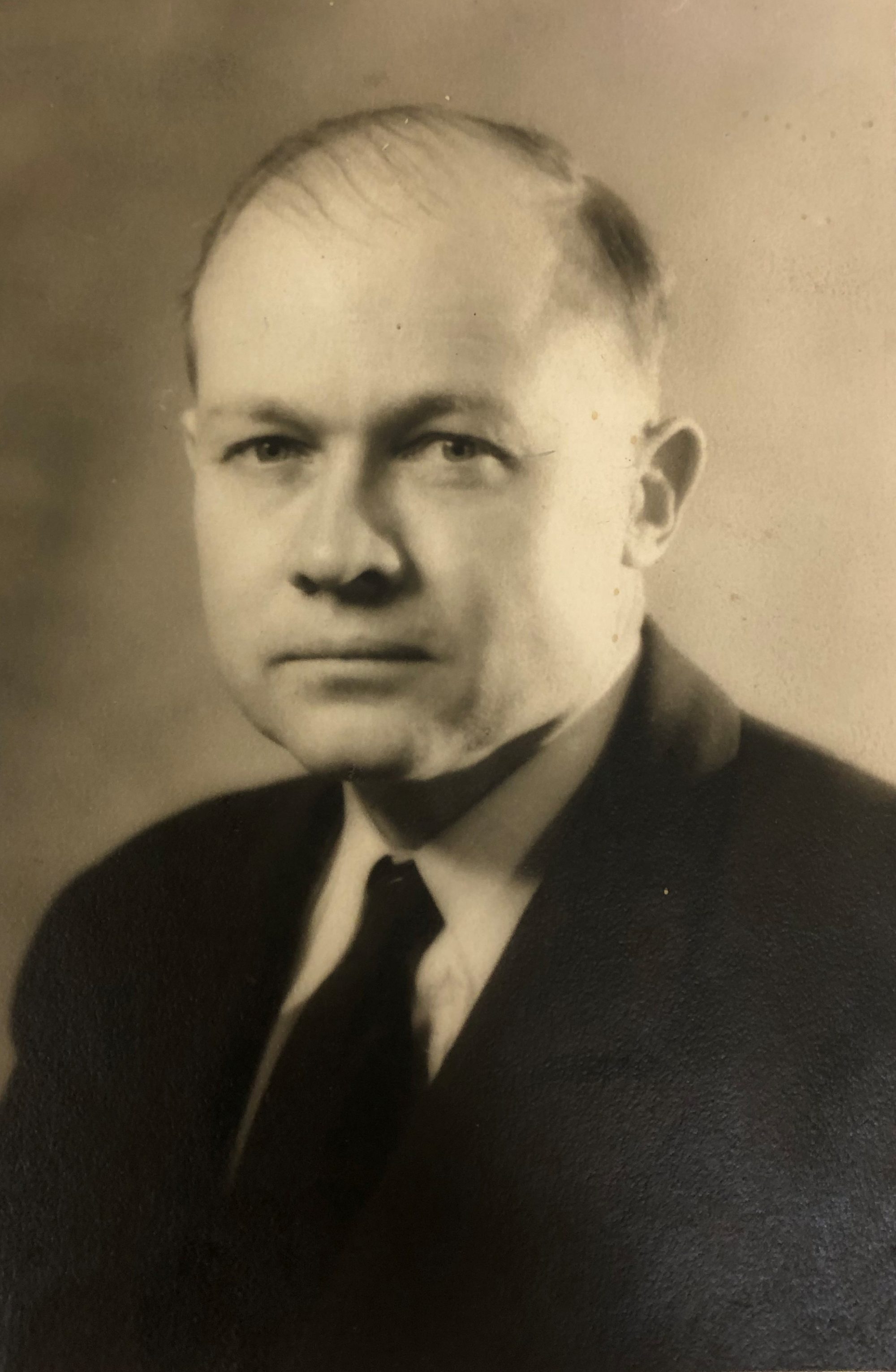
Donald and Violet Orr
As newlyweds, they had not talked about serving God overseas. But as they each felt the call to surrender to missions, they moved toward the front of the church, wondering what the other might think.
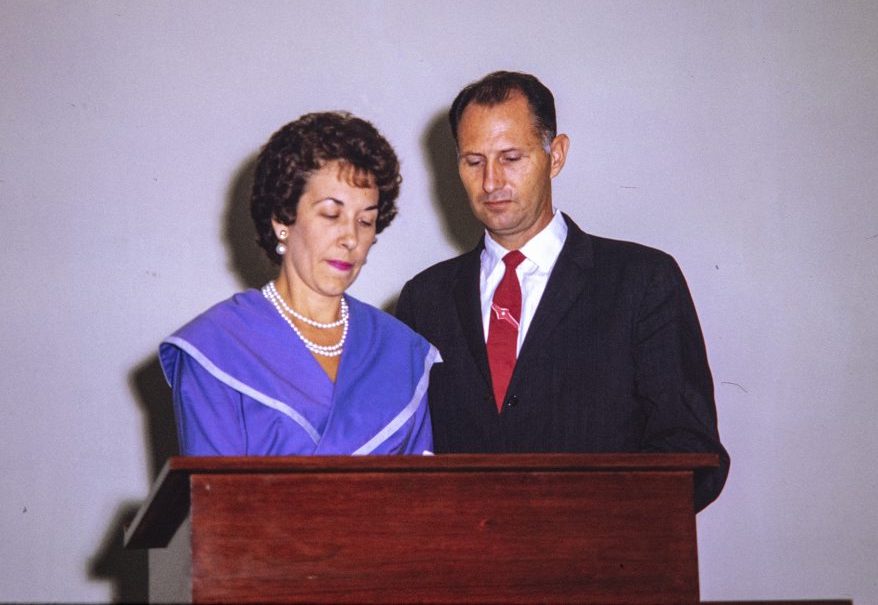
Hattie Gardner
With a horse for transportation and the companionship of a pet monkey, Hattie found she could make herself right at home.
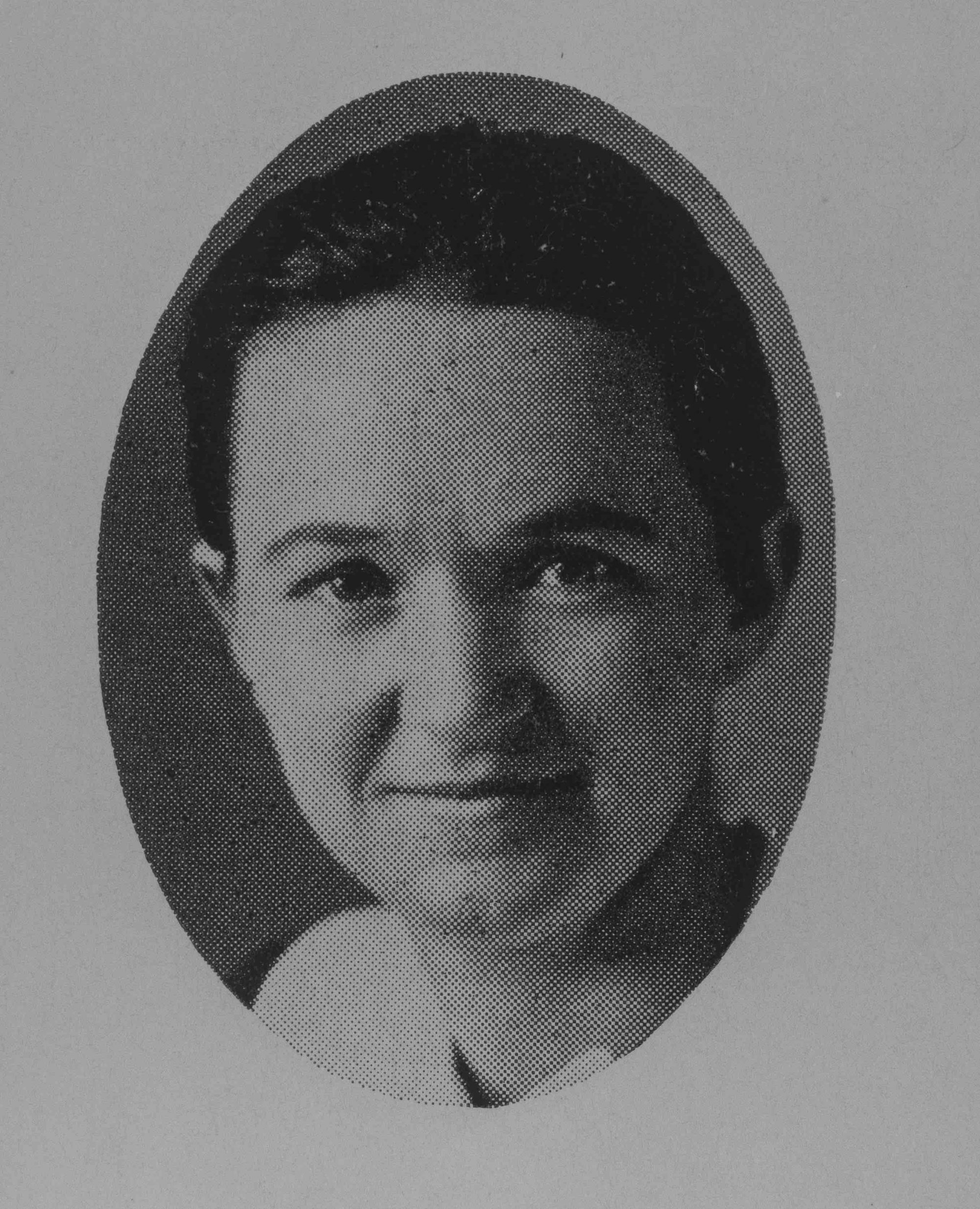
Finlay and Julia Graham
When a young, widowed missionary woman with a son fell in love with a Scottish missionary, the couple made plans for their future. But would God continue to open doors for them in the Middle East?
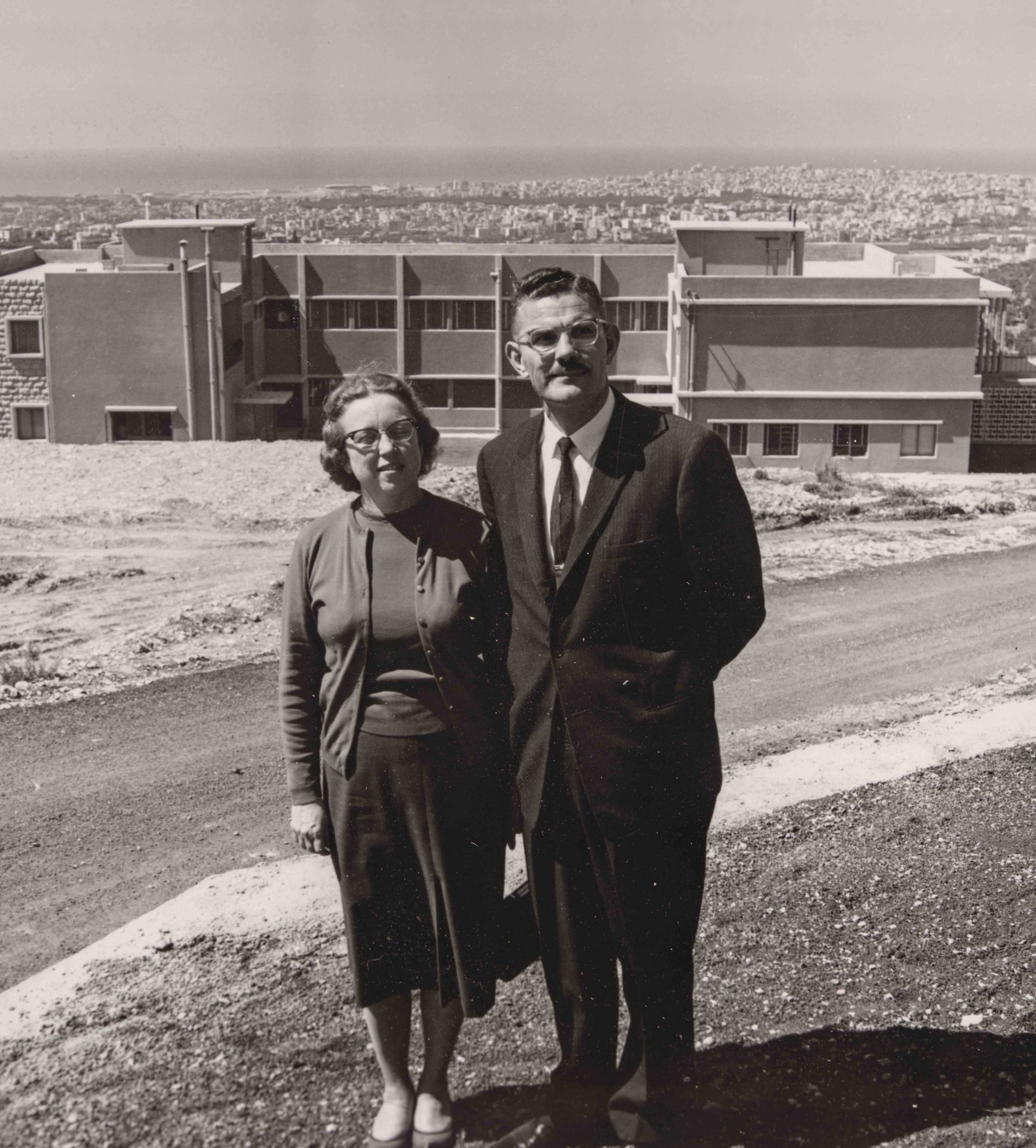
Blonnye Foreman
Blonnye Foreman taught himself to use cutting-edge technology to take the gospel to remote parts of Brazil.
God at Work
Stories From The Field
Brazilian Claims Gospel Cannot be True
Far up the Amazon River a Southern Baptist missionary was using a flannelgraph to aid her in telling a group of school children about Jesus. As she talked, an elderly man, with stooped shoulders and gray hair, joined the children. He listened to the missionary with rapt attention. ...
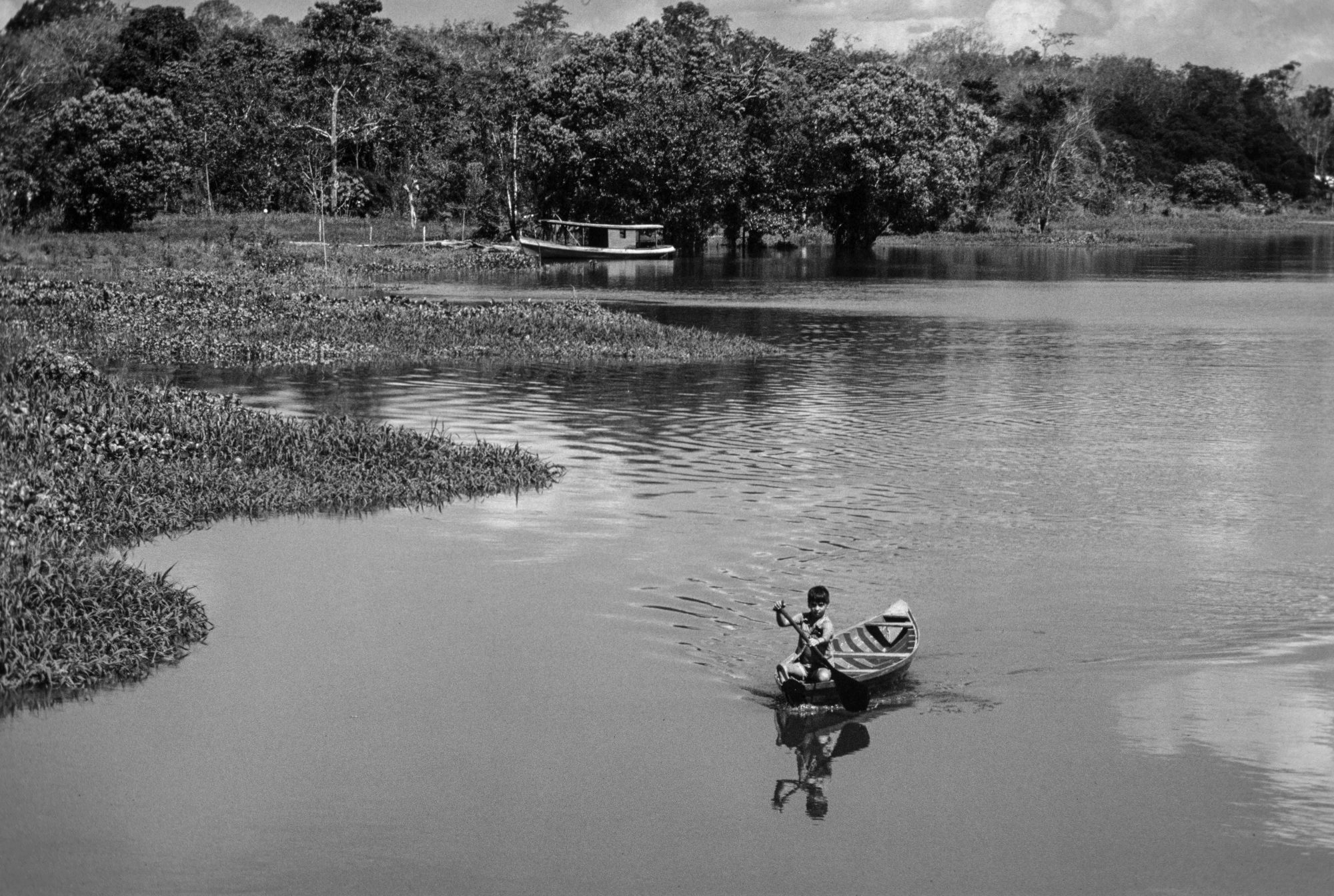
Boys in the Wilderness
The Fort brothers, guns in hand, had unlimited freedom to explore Sanyati's wilderness — as long as they were home by sundown.
Doctor and Mother
Missionary Wana Ann Fort was sometimes a doctor, sometimes a mother, but always faithful in the challenges of "bush life."
Missionaries Scatter from China to New Mission Fields
Southern Baptist missionaries are out of China, and like the early Christians who were scattered by persecution, they have opened up new frontiers for Christian witnessing. The Bible says: “Now they which were scattered abroad upon the persecution that arose about Stephen travelled. . . . And the hand of the Lord was with them: and a great number believed, and turned unto the Lord.” ...
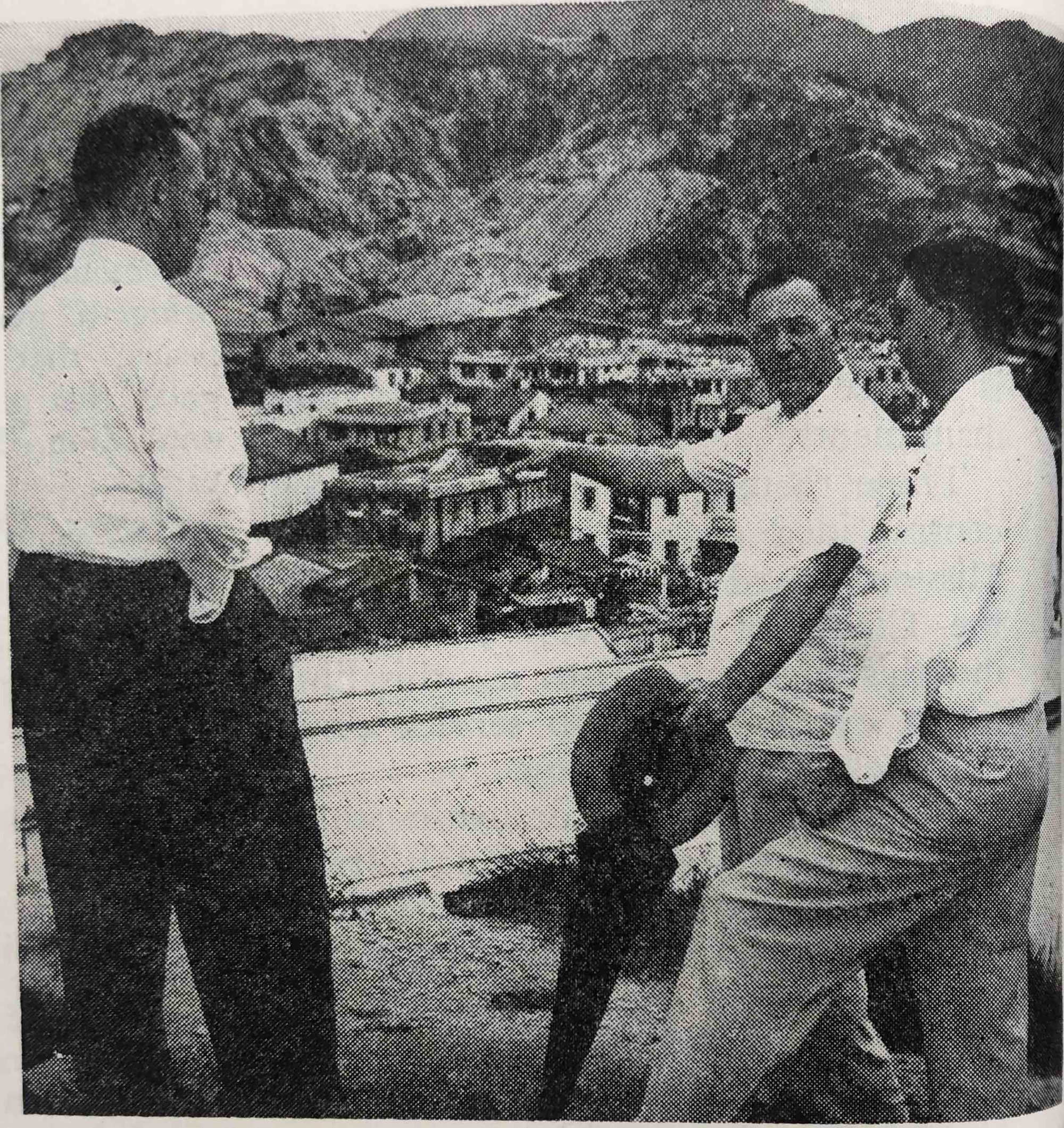
Piranha Baptism
During a baptism in Venezuela, piranhas were baited upriver so they wouldn't attack those being baptized.
Passing the Torch
On her 100th birthday, Shirley Clark reflects on the lasting impact of the ministry she and her husband started in Venezuela.


